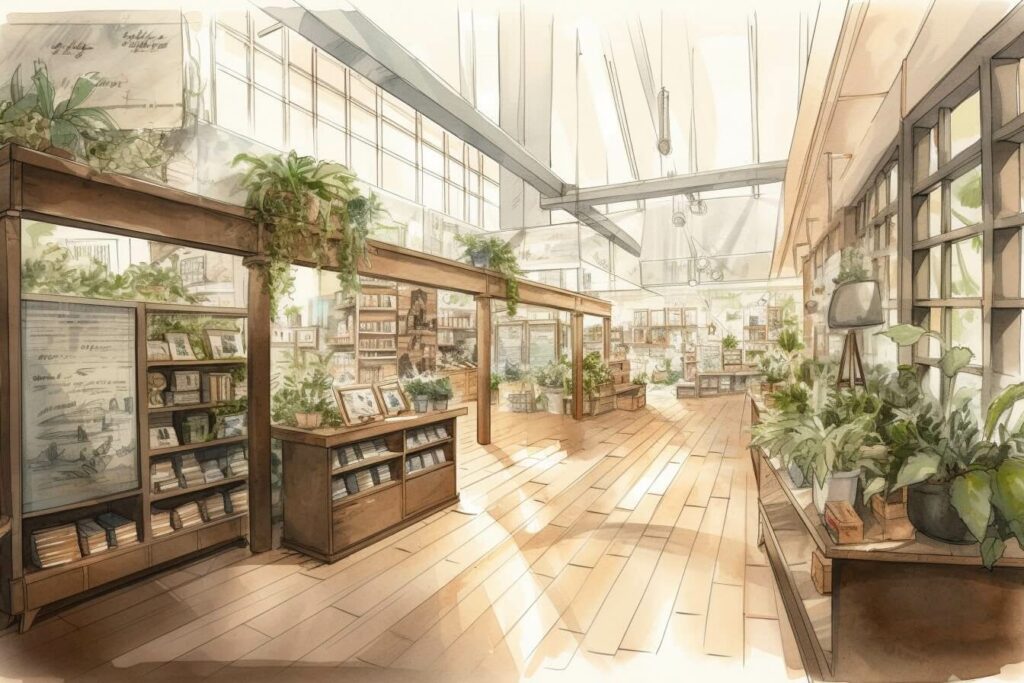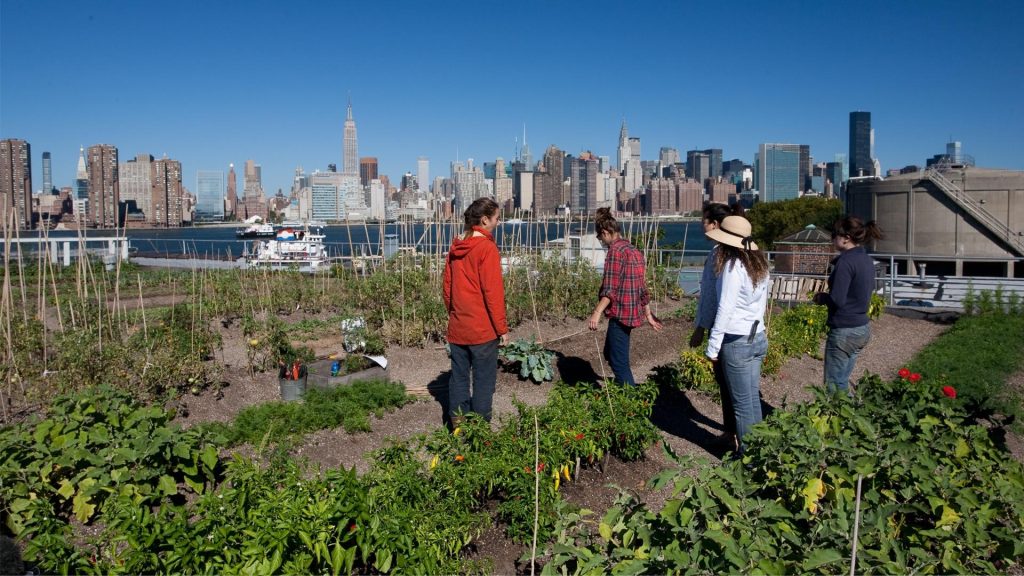Urbanisation has significantly altered the fabric of cities globally, with towering skyscrapers and bustling streets dominating the landscape. However, amidst the urban sprawl, there remains an innate human desire to reconnect with nature, to seek solace in green spaces amidst the concrete jungle.
This longing for a more organic, natural environment has sparked a revolution in retail design, particularly in Australia, where shop fittings are being reimagined to bring the outdoors indoors.
Through strategic placement of greenery and the incorporation of natural materials, shop fittings in Australia are not merely accessories but essential components in creating urban sanctuaries that offer respite from the frenetic pace of city life.
Blurring Boundaries: Bringing the Outdoors In

Innovative shop fittings in Australia are redefining traditional retail spaces by incorporating elements of nature. Living walls, vertical gardens, and indoor plants breathe life into urban stores, providing customers a refreshing escape from the bustling city streets. By blurring the boundaries between indoor and outdoor environments, retailers create a harmonious shopping experience that resonates with nature enthusiasts and city dwellers.
Natural Materials: A Sustainable Approach,
Shop fittings in Australia increasingly utilise natural materials such as wood, stone, and bamboo to enhance the aesthetic appeal of urban stores. These materials add warmth and texture to retail spaces and contribute to a more sustainable approach to design.
For instance, reclaimed wood sourced from old buildings or sustainable forestry practices minimises environmental impact while providing a unique and rustic charm. Similarly, stone accents evoke a sense of timelessness and reduce the carbon footprint associated with synthetic materials.
Bamboo, known for its rapid growth and renewability, offers durability and versatility, making it an ideal choice for shelving, flooring, and display fixtures. By incorporating these natural materials into shop fittings, retailers align with eco-conscious consumer preferences and contribute to the preservation of the environment for future generations.
Harnessing Natural Light: Illuminating Retail Spaces
Natural light is beneficial for its aesthetic appeal and its positive effects on human well-being. Studies have shown that exposure to natural light can improve mood, increase productivity, and regulate circadian rhythms.

By harnessing natural light through well-planned shop fittings, retailers in Australia not only create visually appealing spaces but also contribute to the overall health and satisfaction of their customers. Furthermore, the strategic use of natural light can highlight specific areas within the store, draw attention to featured products, and create dynamic visual displays that captivate shoppers.
This deliberate design approach enhances the shopping experience, reinforces the brand identity, and strengthens the emotional connection between the customer and the store environment.
Biophilic Design: Connecting with Customers
Biophilic design principles are not just about aesthetics; they have tangible benefits for customers and retailers. By strategically incorporating natural elements like plants, wood, and stone into shop fittings in Australia, these fittings can improve air quality, reduce stress levels, and increase productivity among employees and shoppers.

Studies have shown that exposure to nature indoors can lead to lower blood pressure, improved mood, and enhanced cognitive function. Additionally, biophilic design can differentiate a store from competitors, attracting environmentally-conscious consumers prioritising sustainability and holistic well-being. As such, investing in biophilic shop fittings is a design choice and a strategic business decision that can yield long-term benefits for both the bottom line and customer satisfaction.
Community Green Spaces: Fostering Engagement
Urban stores across Australia recognise the power of community green spaces in enhancing the overall shopping experience. These spaces go beyond traditional retail environments, offering patrons fresh air and a moment of respite amidst the hustle and bustle of city life.
For instance, rooftop gardens provide a serene escape and serve as venues for community events such as yoga classes or live music performances, creating a sense of community cohesion. Similarly, street-side parklets offer shoppers a place to rest and recharge, fostering spontaneous interactions and conversations among neighbours.
By integrating these green spaces into their shop fittings, retailers attract foot traffic and contribute to the revitalisation of urban areas, making shopping trips more than just transactions but memorable outings enriched by nature and social connections.
Cultivating Urban Sanctuaries: The Future of Retail

As urbanisation continues transforming our cities, the need to incorporate nature into retail spaces is becoming increasingly obvious. Shop fittings in Australia are at the forefront of this movement, seamlessly blending urban infrastructure with natural surroundings to create dynamic and inviting stores that resonate with today’s consumers.
By embracing nature-inspired design principles and eco-friendly strategies, retailers are not only elevating the shopping experience, but they are also playing a vital role in promoting community health and well-being and promoting environmental sustainability. These initiatives go beyond aesthetics; they are a statement of intent that serves commercial purposes, improves customers’ lives, and contributes positively to the wider community.

